Solar power supply scheme is mainly composed of solar cell and panels, silicon wafers and overall performance monitoring system. The solar energy is collected by the solar panel, and the converted energy is output by the voltage regulator. At present, solar cells are used in many products, such as solar street lamps and solar water heaters. Now, most houses are powered by solar cells, the common reason is to avoid high energy costs.
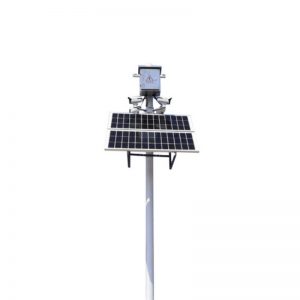

There are many types of solar cells that can be used as backup power in the event of a power grid failure. Install a UPS or a high power instant backup power source. We can choose from different types of solar cells to power your solar system.
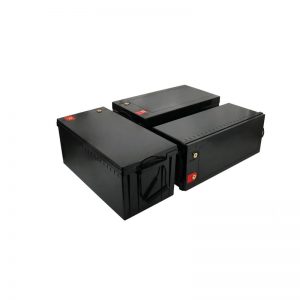

What is a Solar Battery?
Solar cells are devices that use solar energy to generate electricity. Simply put, a solar cell is a semiconductor photodiode. When the sun shines on it, the photodiode turns the sun’s energy into electricity, creating an electric current and storing the energy in your energy system. The storage capacity of different types of solar cells corresponds to their capacity. Solar cells store electricity for later use. When your battery is fully charged, the BMS system will automatically turn off charging. When the battery is used and it runs out of power, the BMS system will intelligently recognize that the lithium-ion battery pack is low in capacity and intelligently start the lithium-ion battery pack to continue charging and reabsorb power from the panel.
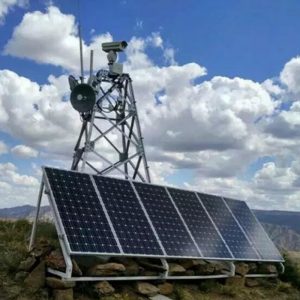

Can Solar Panels Charge Lithium Batteries?
Yes, as for the solar panel can directly charge the lithium battery, it is not possible to charge the lithium battery pack directly, because the voltage of the solar panel is unstable, it can not directly charge the lithium battery, it needs the voltage regulator circuit, and it also needs the corresponding lithium battery charging circuit to charge. Lithium battery charging requirements are more demanding, can not be overcharged. If the battery is overcharged, it may deform, explode or catch fire.
Different Types of Solar Batteries
Lithium iron phosphate Battery energy storage System consists of lithium iron phosphate Battery pack, Battery Management System (BMS), converter device (rectifier, inverter), central monitoring System, transformer, etc. Lithium iron phosphate battery has a series of unique advantages such as high working voltage, large energy density, long cycle life, small self-discharge rate, no memory effect, green environmental protection, and supports stepless expansion, suitable for large-scale electric energy storage. It has a good application prospect in the fields of renewable energy power station power generation safety and grid connection, network peak regulation, distributed power station, UPS power supply, emergency power supply system and so on.
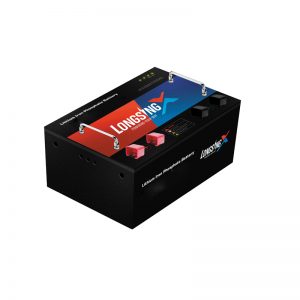

Ternary lithium battery, operating voltage range is 2.5V-4.2V, nominal voltage 3.6V. Common BYD, Tesla and so on have adopted this kind of battery, related to the ordinary battery volume is much smaller, much lighter weight. A typical lithium-ion battery is half the size and one-third the weight of a battery. Ternary lithium ion battery is more green than ordinary battery and has little pollution to the environment, because its long service life can prevent the environmental pollution caused by the replacement of ordinary battery.
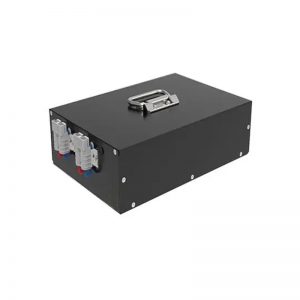

What are the factors to consider when building a solar cell?
When building a solar cell power supply scheme, we need to consider the following factors to stabilize the performance of solar power supply.
capacity,
Capacity represents the capacity of a solar cell to store electric energy. Lithium batteries are larger than other batteries, with higher energy density and longer battery life.
voltage
Different types of batteries have different voltage ranges, from 3.2V for lithium iron phosphate batteries to 3.6V for ternary lithium batteries. When assembling the battery string, know the voltage of the battery string, and then select the battery series to reach the required voltage.
Charge and discharge current
First of all, it is necessary to understand the maximum charging and discharging current of the cell. The charging current of the solar battery pack cannot be higher than the continuous charging current of the cell. It can be lower than this value, but it will affect the charging efficiency. Discharge current According to the actual discharge current, understand the core, and parallel battery to meet the discharge current requirements.
Discharge depth:
The cycle life of lithium iron phosphate battery is about 2000~3000 times, and after assembling into PACK battery PACK, the cycle life is about 1500~2000 times; The cycle life of ternary lithium battery is about 500 to 800 times, and that of PACK battery PACK is about 300 to 500 times. (Test conditions: 1C charge and discharge, 25℃ laboratory environment, discharge depth DOD100%)
Both cell and PACK life of lithium iron phosphate batteries is much longer than that of ternary lithium batteries.
BMS management system
Solar lithium BATTERY MANAGEMENT SYSTEM (BATTERY MANAGEMENT SYSTEM) is the link between BATTERY and user. The main object is secondary BATTERY, and has nothing to do with disposable BATTERY. The battery management system (BMS) is mainly used to improve the utilization rate of batteries, prevent overcharging and overdischarging of batteries, prolong the service life of batteries, and monitor the status of batteries.
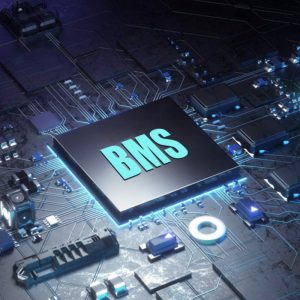

Ambient temperature
Although lithium iron phosphate battery is resistant to high temperature, ternary lithium battery has better low temperature resistance, which is the main technical route for manufacturing low-temperature lithium battery. At minus 20°C, ternary lithium battery can release 70.14% capacity, while lithium iron phosphate battery can only release 54.94% capacity. The discharge platform of ternary lithium battery is much higher than that of lithium iron phosphate battery and the voltage platform starts faster.
Finally, in the battery selection of the solar cell power supply scheme, we need to choose the appropriate battery pack according to the actual use factors.
